Should I choose silver or copper for audio cables? Become a cable expert in seconds after reading this article!
2025-07-14
"Why did I change the wires in my audio system, but the sound was like changing the system?" I believe many audiophiles have encountered this confusion. In the Hi-Fi circle, the choice of audio cables is comparable to metaphysics - some people spend tens of thousands of yuan to buy "expensive cables", while others insist that "cables are useless". But what we are going to talk about today is the truth that science can explain: silver wire VS copper wire, how to choose?
1. Conductivity: Silver wire is a "highway" and copper wire is a "city expressway"
Silver Line:
Best conductivity. Silver wire has become the choice of audiophiles who pursue high resolution and detail restoration in the audio field due to its excellent conductivity and unique sound style. Its stable chemical properties make the high-frequency signal transmission as smooth as silk. It can effectively reduce signal attenuation and distortion, and is especially suitable for scenes that pursue extreme resolution.
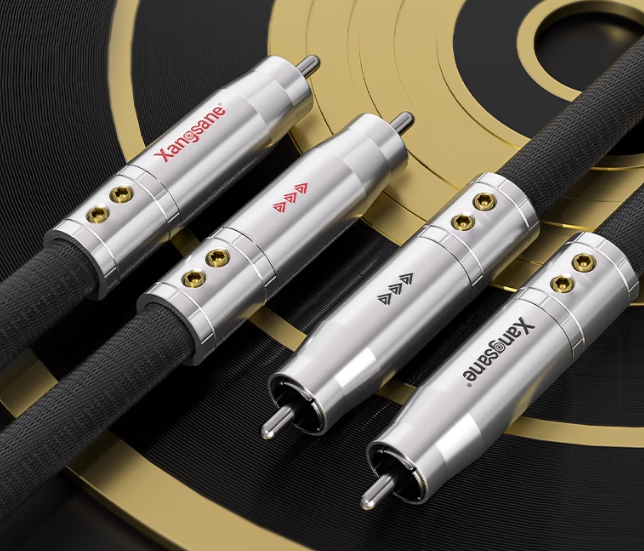
Copper wire:
The conductivity is second, but the transmission efficiency can be significantly improved by improving the purity (such as single crystal copper, oxygen-free copper). Single crystal copper has no grain boundary structure, the signal transmission path is continuous, and reflection and refraction are reduced. Although the high-frequency performance is slightly inferior to silver wire, the mid- and low-frequency transmission is more balanced, which is suitable for scenes that require warm sound.
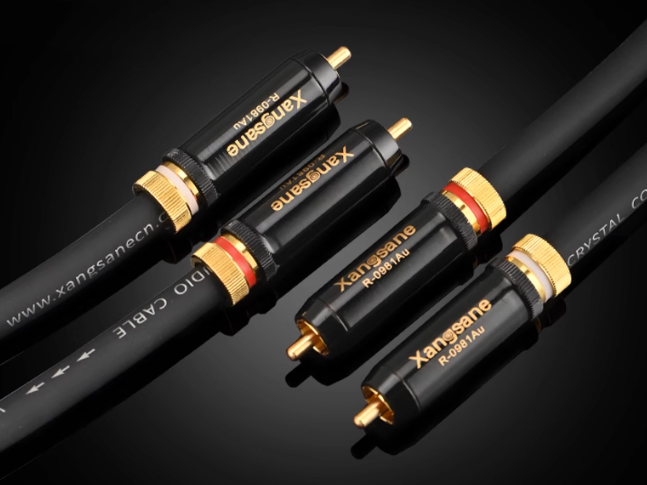
2. The listening experience is very different: Silver wire is "cold", copper wire is "warm"
Silver Line:
Silver wires, due to their superior conductivity, can achieve faster signal transmission speeds, greatly improving the details and dynamic performance of music. The high frequencies of pure silver conductor wires are excellent, and can restore subtle changes in music. The mid- and low-frequency performances have both density and relaxation, the overall sound field is wide, and the music texture is full and natural. Compared with copper wires, pure silver wires have more advantages in detail resolution and high-frequency brightness.
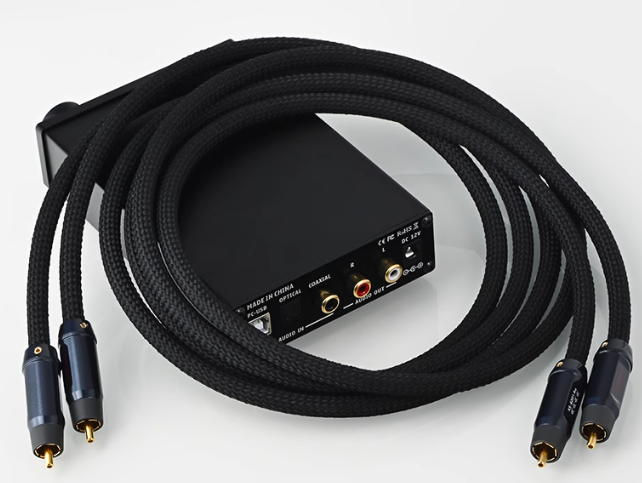
Copper wire:
The sound is warm and mellow, with outstanding mid-range performance, and the texture of vocals and instruments is highly restored. Single crystal copper wire has the stability and solidity of copper wire and the delicacy and smoothness of silver wire, and the overall sound is more balanced and pleasant to listen to. For example, when playing pop music, single crystal copper wire can highlight the magnetism of vocals while maintaining the elasticity of low frequencies.
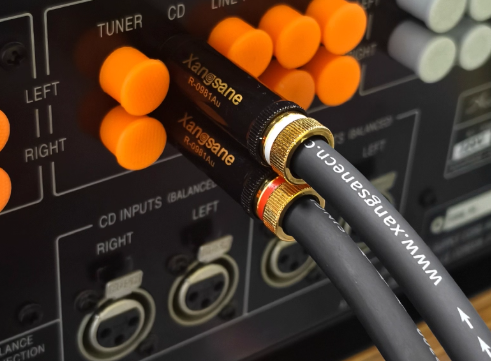
3. Applicable Scenarios
Silver Line:
Silver audio cables have become the preferred choice for high-end audio scenes due to their excellent conductivity and low resistance. In Hi-Fi audio systems, silver cables make high frequencies more transparent and the layers more distinct, satisfying audiophiles' ultimate pursuit of sound quality. Although the price is relatively high, its improvement in sound quality is irreplaceable in the professional field and is an ideal choice for those who pursue the ultimate sound effects.
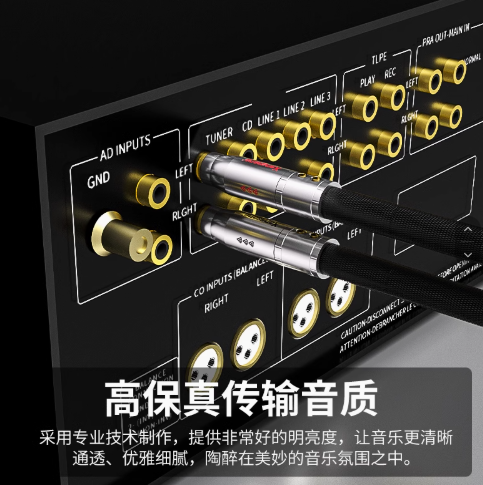
Copper wire:
It has a wider range of applicability, especially suitable for scenes that pursue a balanced sound. Oxygen-free copper wire is the preferred choice for ordinary audio systems due to its high cost-effectiveness; single-crystal copper wire is suitable for high-end HIFI systems, taking into account both resolution and warmth. For example, in a home theater system, copper wire can provide an immersive low-frequency effect while maintaining clarity in the mid- and high-frequency ranges.
4. Selection Suggestions
1. Pursuit of extreme high frequency and resolution:
Choose pure silver wire, but make sure the system is balanced to avoid exposing the lack of low frequency. For example, in monitor-level audio, silver wire can clearly present the details of the recording, but it needs to be paired with speakers with full low frequencies.
2. Focus on tone balance and listening endurance:
Choose copper wire, especially single crystal copper or oxygen-free copper. For example, in home theater or pop music playback, copper wire can provide warm and natural sound while keeping costs under control.
3. System adaptation priority:
If the sound system itself has defects (such as cold and hard sound), silver wire may amplify the problem, and copper wire is more reliable. For example, in a system with thin sound, copper wire can increase the thickness of the low frequency and improve the listening experience.
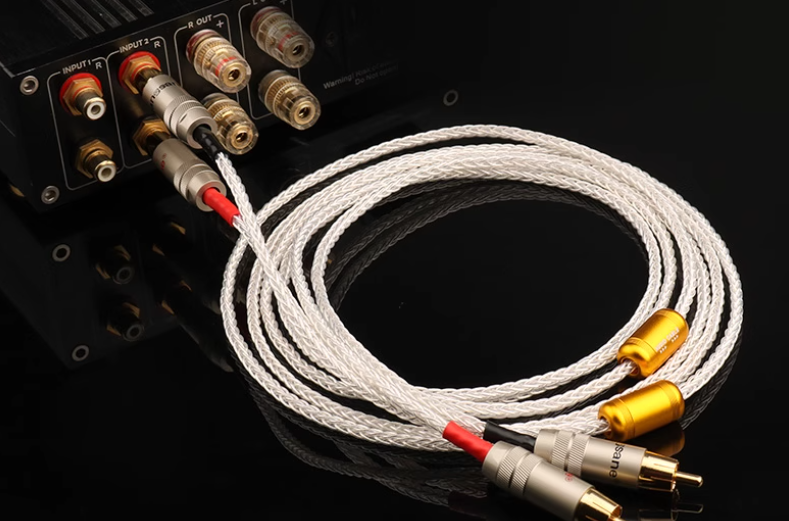
Related News


